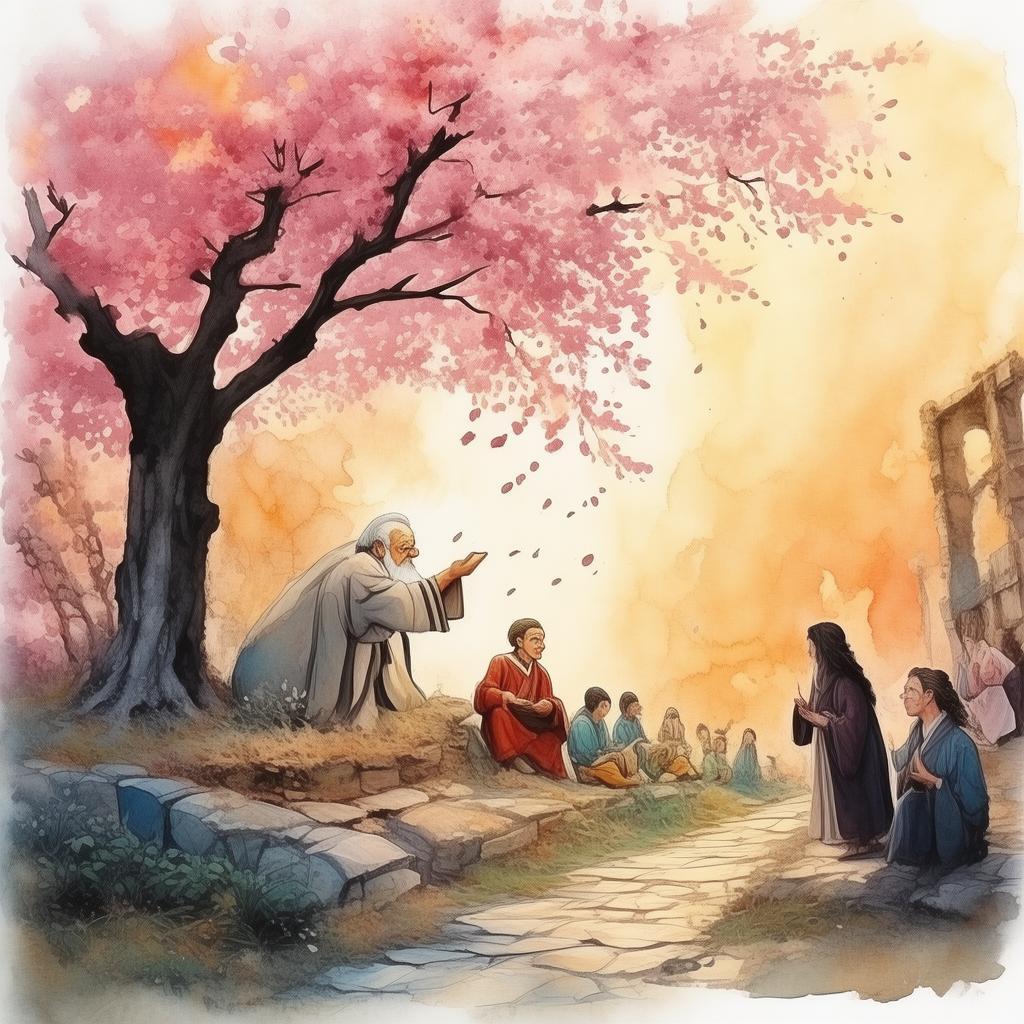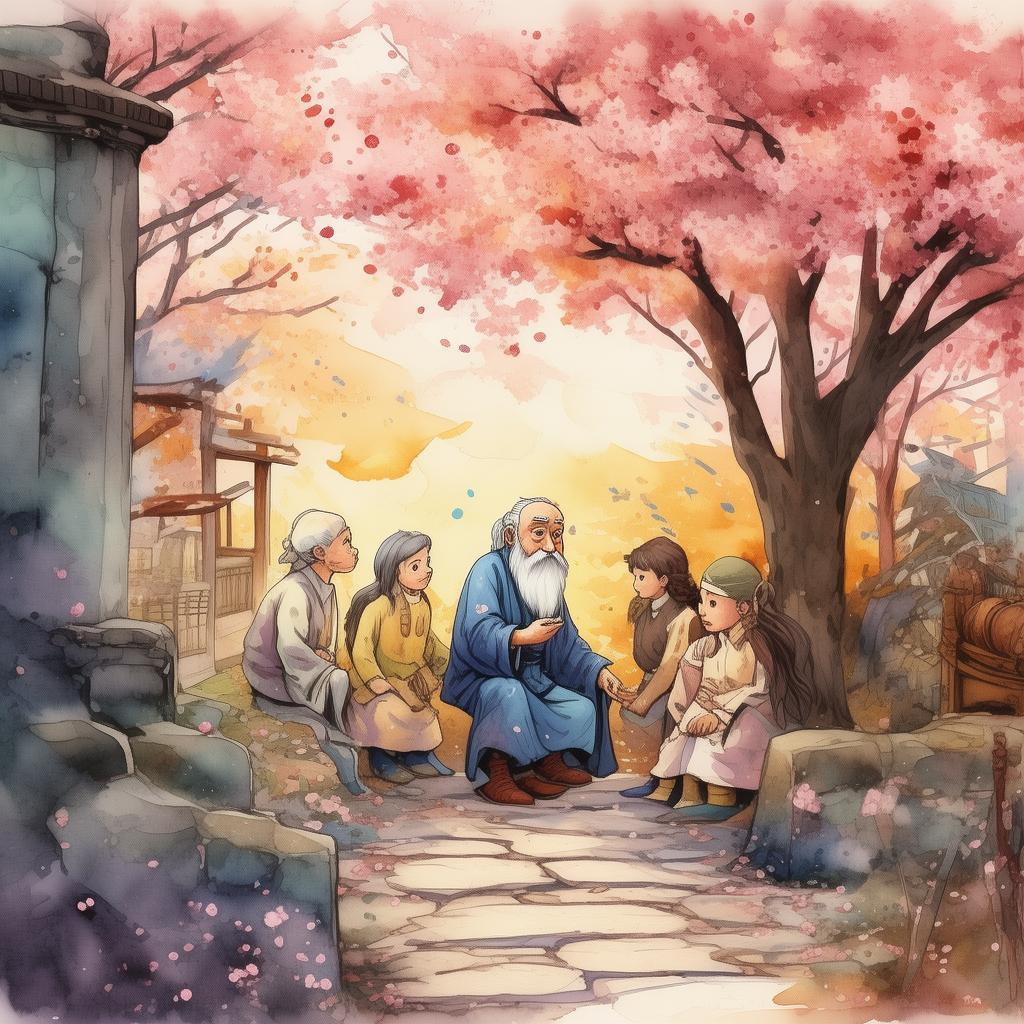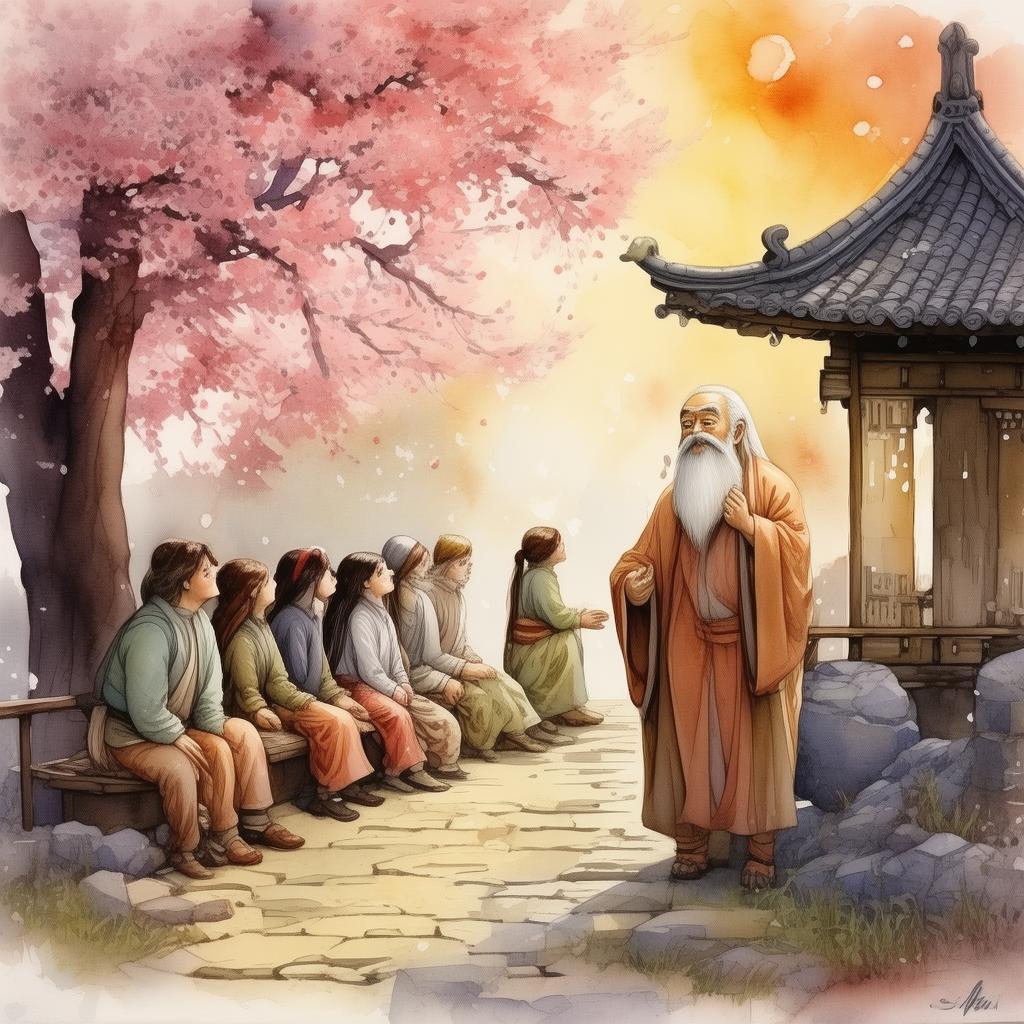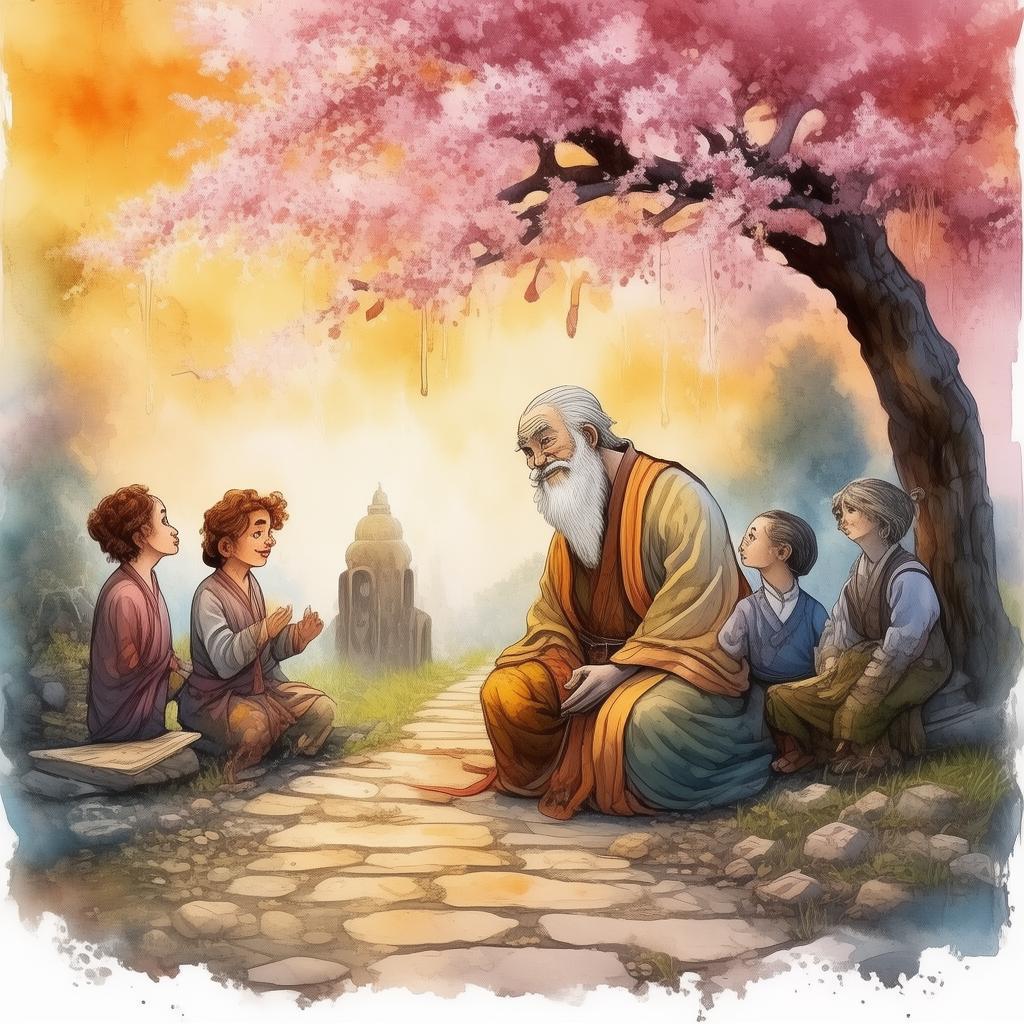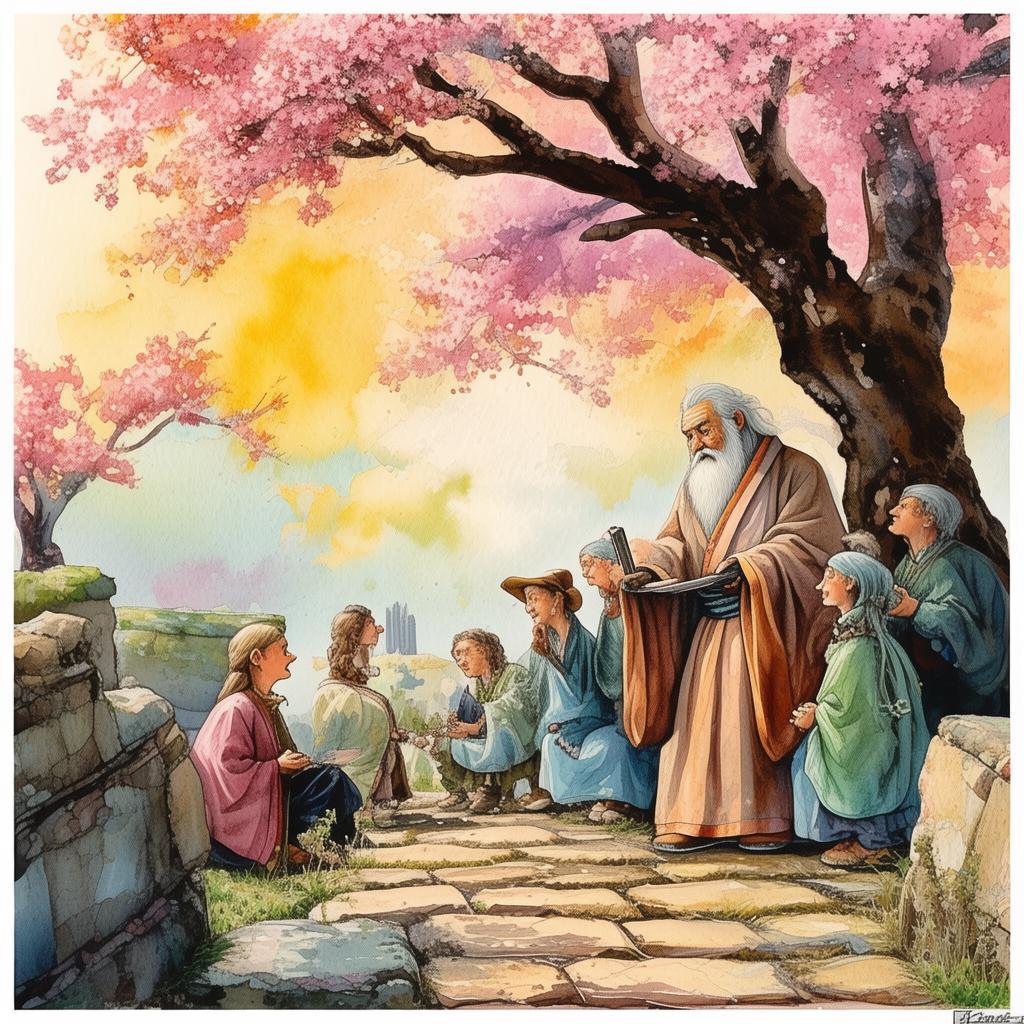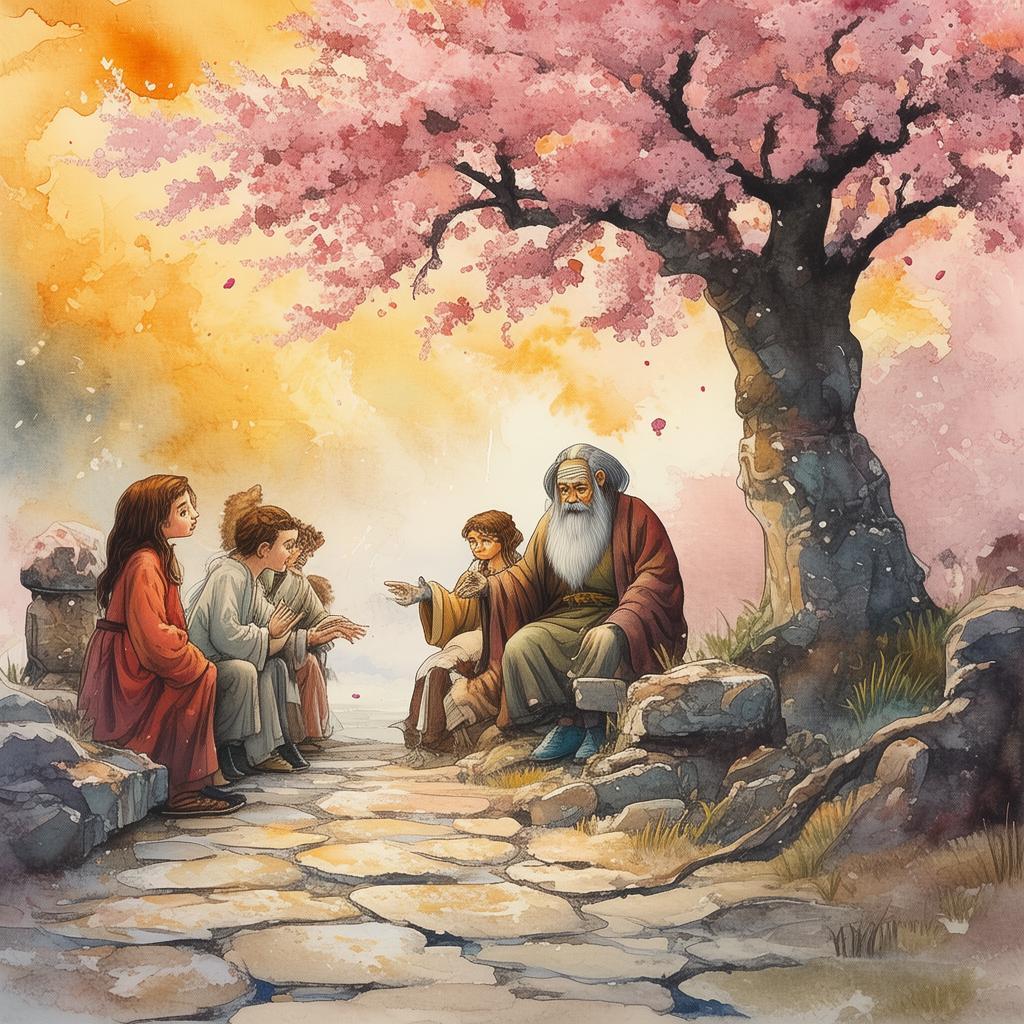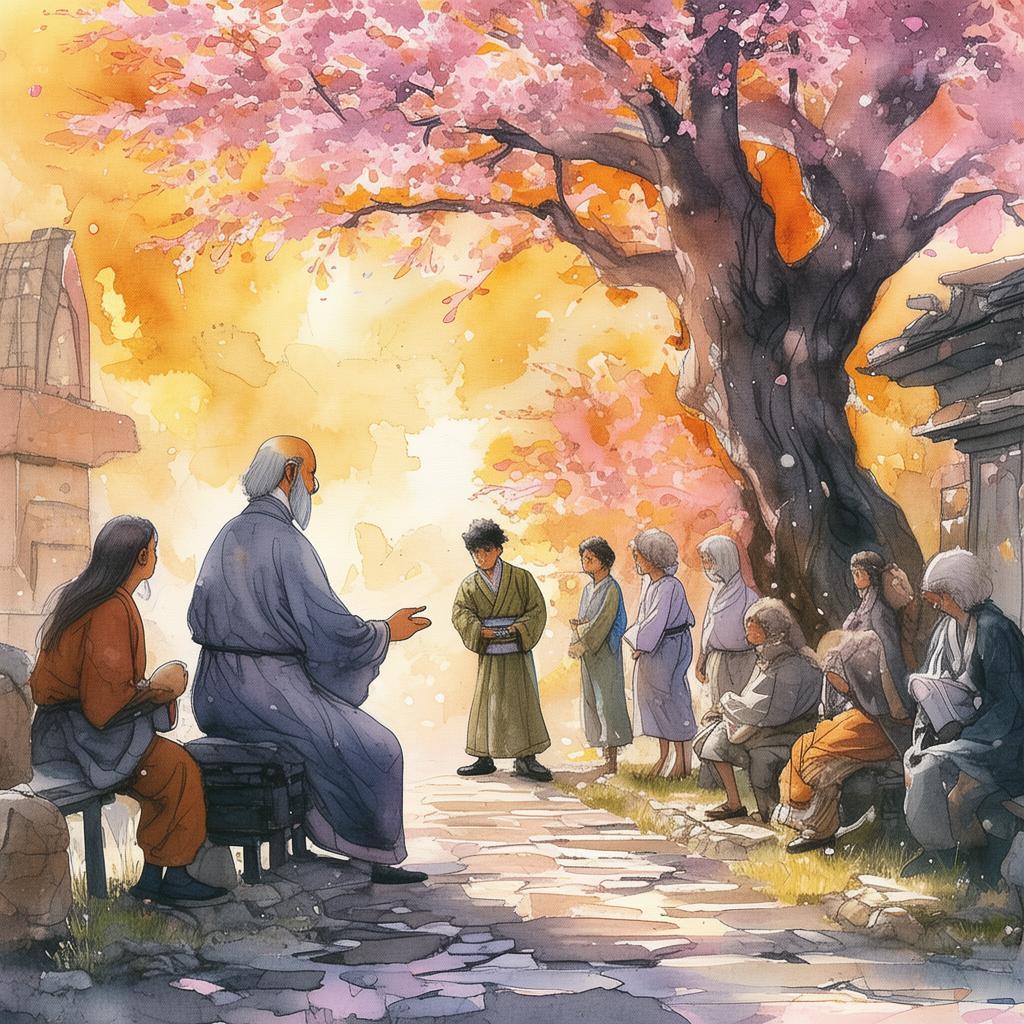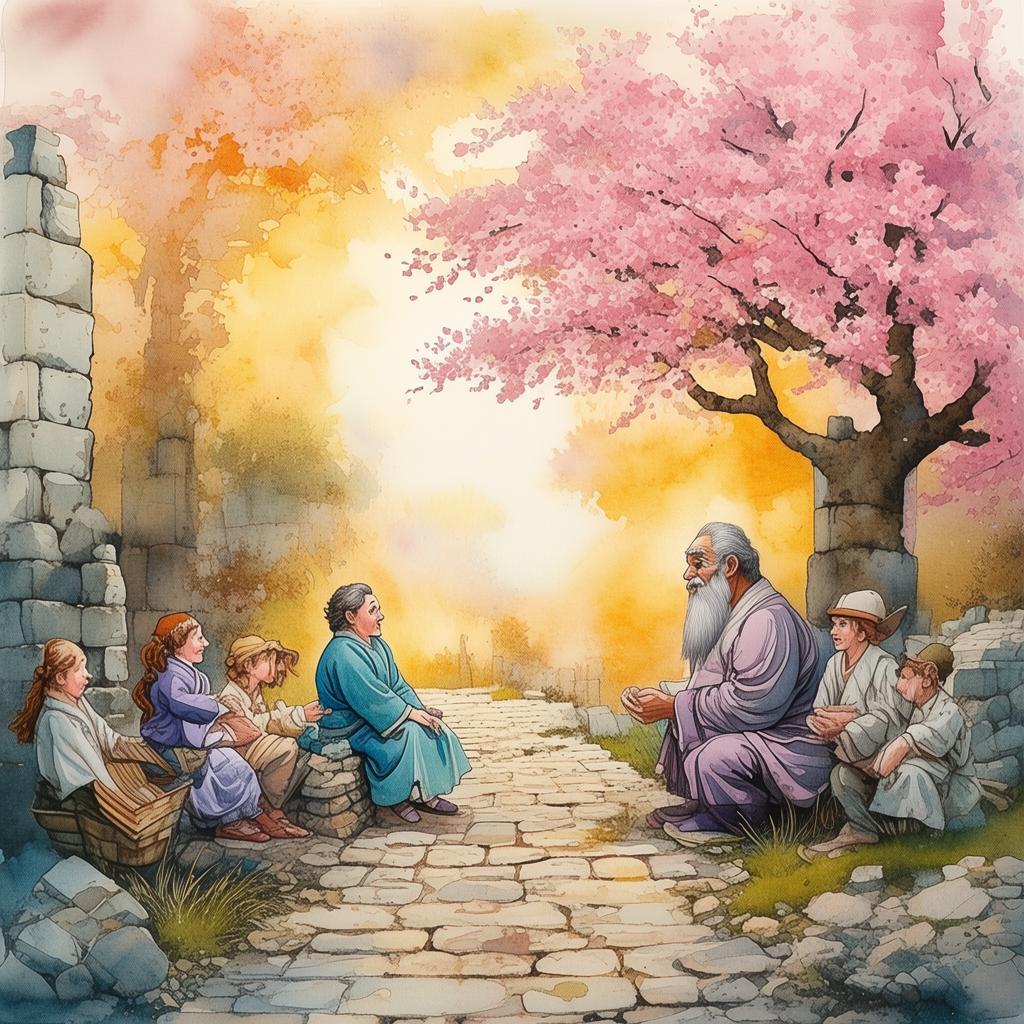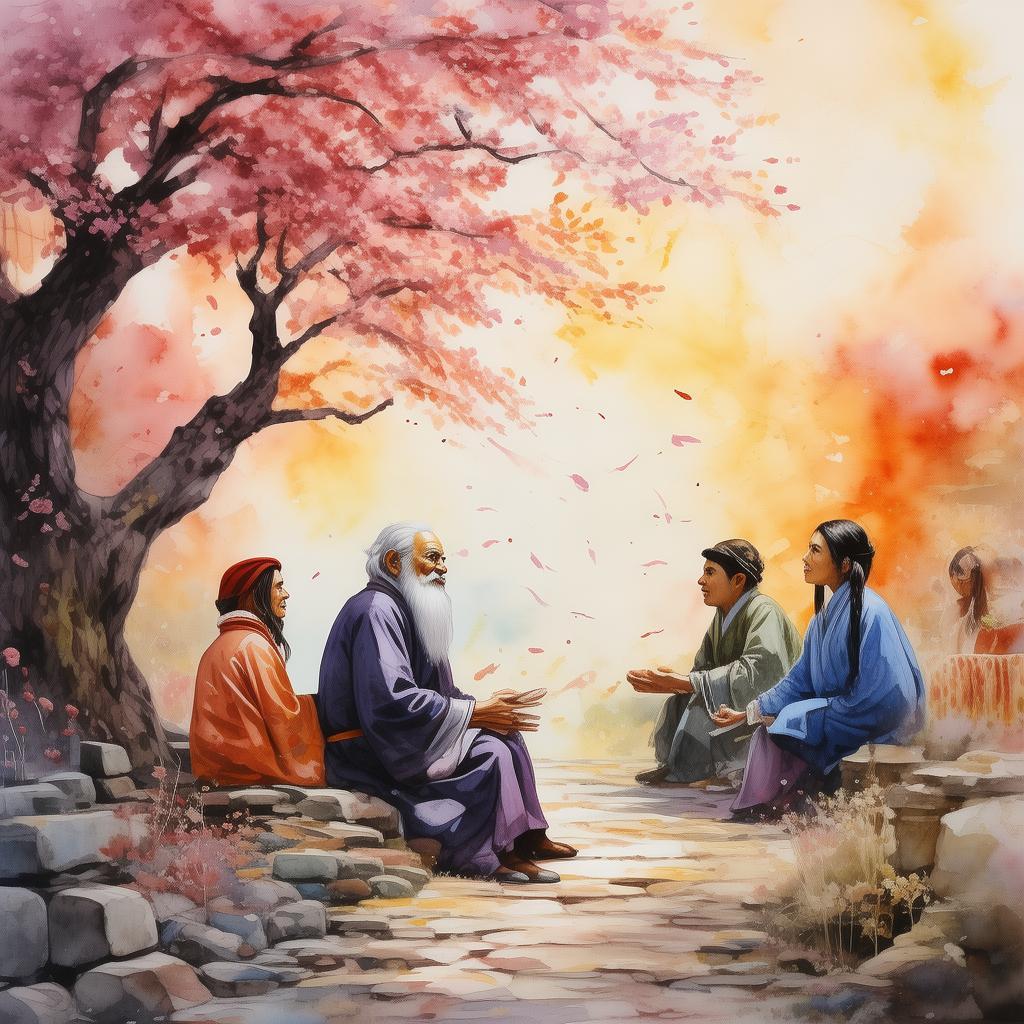The Weaving of the Dreamweaver's Tapestry
In the heart of an ancient city, where the cobblestone streets whispered tales of yore, there lived a master weaver named Lin. His hands, though weathered by years of threading silk and wool, still held the delicate grace of a dreamer. Lin was not merely a craftsman; he was a Dreamweaver, for he believed that every thread, every color, and every pattern held a story waiting to be told.
One crisp autumn morning, as the sun cast a golden hue over the city, Lin received a commission unlike any other. The city's most influential merchant, Lord Chen, sought a tapestry that would capture the essence of the modern era, a tapestry that would be the centerpiece of his grand hall. Lord Chen's hall was a place where the elite gathered, and his tapestry was to be a testament to their sophistication and foresight.
Lin pondered the task, his mind racing with images of bustling cities, towering skyscrapers, and the relentless pace of modern life. He knew that the tapestry must be more than just a visual representation; it had to embody the spirit of the age. He sought inspiration in the streets, in the laughter of children, in the whispers of lovers, and in the bustling marketplace.
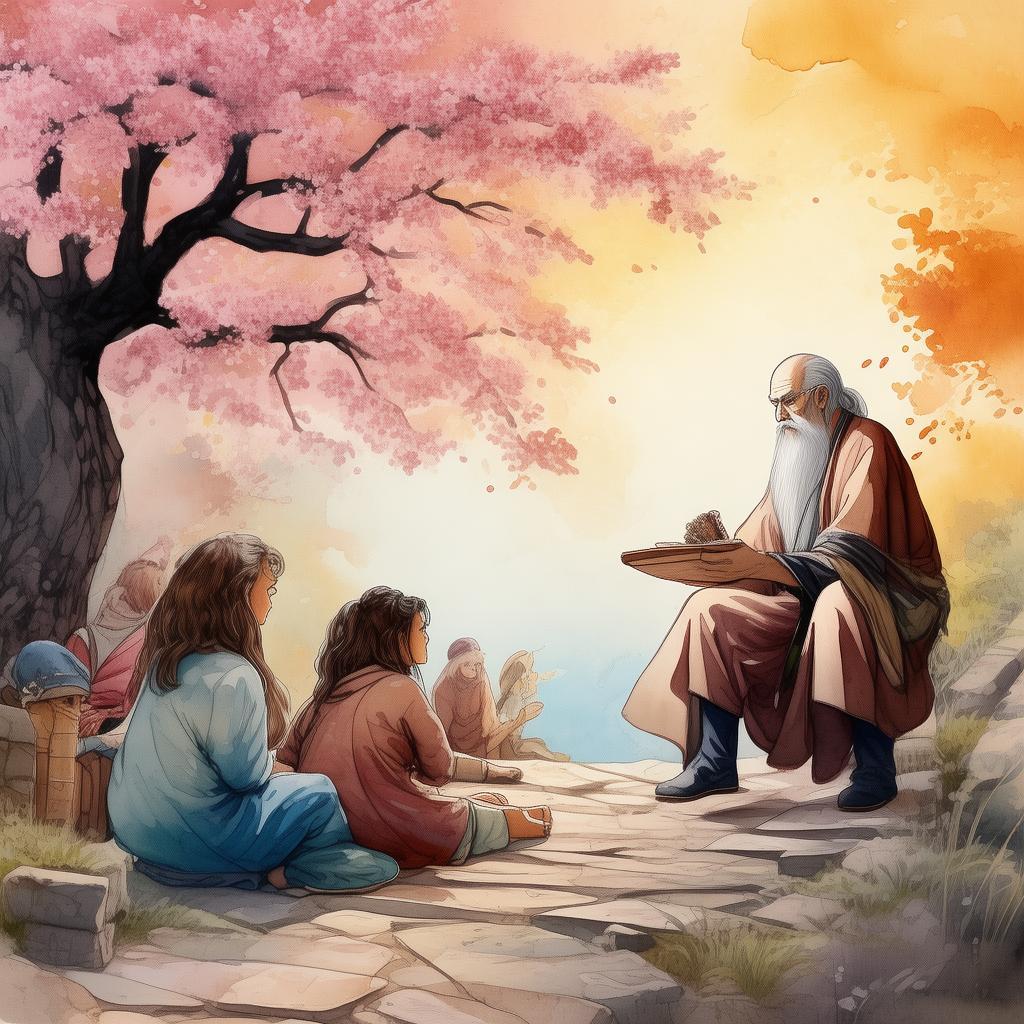
As Lin worked, he realized that the essence of modernity could be found in the idioms and proverbs that the people spoke every day. Each idiom held a story, a lesson, and a mirror to the human condition. With this realization, Lin decided to weave idioms into his tapestry, to create a story that would be as timeless as the threads he worked with.
The first idiom he chose was "The Tortoise and the Hare," a tale of perseverance and patience. Lin wove a scene of a slow tortoise and a swift hare, each representing the different speeds of progress in the modern world. The tapestry was coming to life, and Lin felt a surge of excitement.
Next, he wove "The Monkey in the Tree," an idiom about ambition and the pursuit of dreams. He depicted a monkey reaching for the stars, symbolizing the unquenchable thirst for success and the heights one can aspire to. The tapestry was beginning to tell a story of the human spirit.
But as Lin continued, he encountered a challenge. Lord Chen, eager to see the progress, visited Lin's workshop. He was appalled by the slow pace of the weaving and demanded to see more immediate results. Lin explained the depth of his work, but Lord Chen was impatient and unimpressed.
Determined not to compromise, Lin wove the idiom "The Elephant in the Room," symbolizing the elephant-sized problems that cannot be ignored. He showed Lord Chen the tapestry, and the merchant was forced to confront his own impatience and the need for patience in achieving great things.
As the tapestry progressed, Lin added more idioms: "The Cat in the Basket," a cautionary tale about overconfidence; "The Rabbit in the Hat," a symbol of creativity and surprise; and "The Crow and the Pitcher," a lesson on perseverance and ingenuity.
The tapestry was now a complex weave of stories, each idiom contributing to the whole. But as Lin neared completion, he realized that the final piece was missing. He needed an idiom that encapsulated the essence of the modern era and its challenges.
With a stroke of inspiration, Lin wove "The Chessboard," a story of strategy, foresight, and the unpredictable nature of life. The tapestry was now complete, a tapestry that captured the essence of the modern era through the lens of idioms.
The unveiling of the tapestry was a grand event, and as the elite gathered to see it, Lin watched with bated breath. The tapestry was a masterpiece, a living, breathing story that resonated with everyone who beheld it.
Lord Chen, humbled by Lin's dedication and the depth of his work, praised the tapestry and the message it conveyed. The crowd murmured in awe, and Lin realized that he had not only created a tapestry but also a work of art that would be remembered for generations.
In the end, the tapestry became a symbol of the power of creativity, the importance of patience, and the beauty of storytelling. Lin's dream had come to life, and he had woven a modern tapestry that would endure through time.
✨ Original Statement ✨
All articles published on this website (including but not limited to text, images, videos, and other content) are original or authorized for reposting and are protected by relevant laws. Without the explicit written permission of this website, no individual or organization may copy, modify, repost, or use the content for commercial purposes.
If you need to quote or cooperate, please contact this site for authorization. We reserve the right to pursue legal responsibility for any unauthorized use.
Hereby declared.
